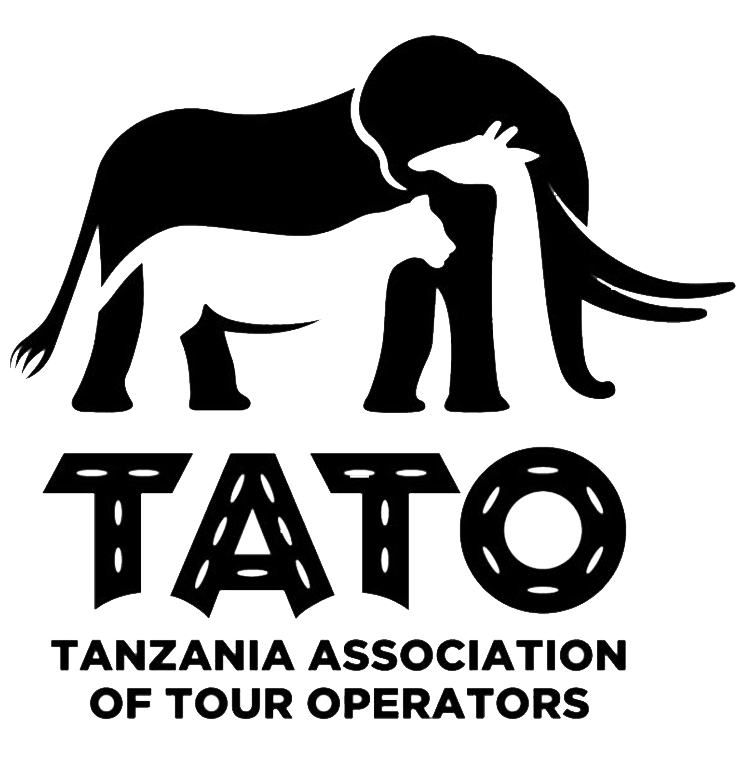A hot air balloon works on the principle of buoyancy. It consists of a large balloon, known as an envelope, filled with hot air. The envelope is typically made of lightweight and heat-resistant materials such as nylon or polyester. The balloon is attached to a basket or gondola, in which passengers and the pilot stand.
The process starts by heating the air inside the envelope using burners fueled by liquid petroleum gas. The burners generate a flame that heats the air, causing it to expand and become less dense than the surrounding air. As a result, the balloon becomes buoyant and begins to rise.
The balloon moves with the wind, as there is no way to steer it directly. However, our pilots can control the ascent and descent of the balloon by adjusting the heat inside the envelope. By adding more heat, the air inside the envelope becomes hotter and provides more lift, causing the balloon to rise. Conversely, by reducing the heat, the air inside the envelope cools down, becoming denser and causing the balloon to descend.
To land the balloon, the pilot gradually decreases the heat and allows the air inside the envelope to cool, slowing down the ascent. The pilot looks for a suitable landing spot and, with the help of ground crew, guides the balloon to the ground by releasing some of the hot air from the envelope.
The basic principles behind a hot air balloon are simple yet effective. By controlling the temperature of the air inside the envelope, the pilot can control the altitude of the balloon and navigate the skies. It's a unique and serene way to experience flight and enjoy breathtaking views from above.







